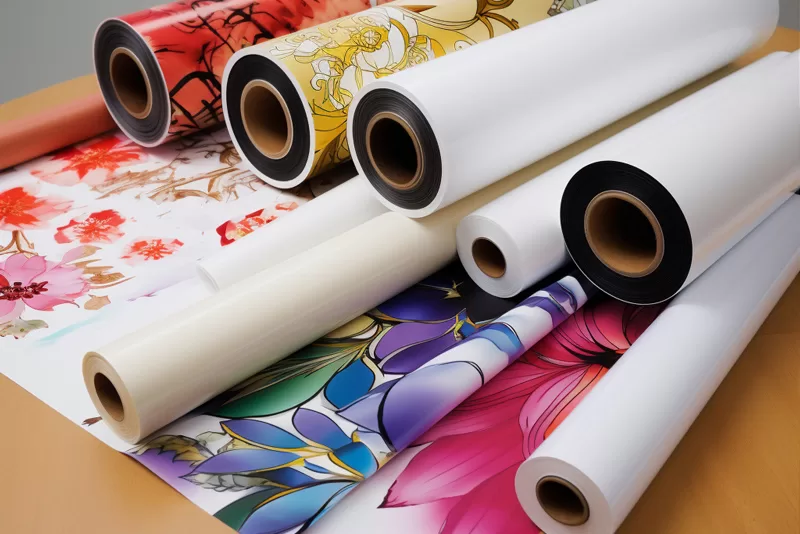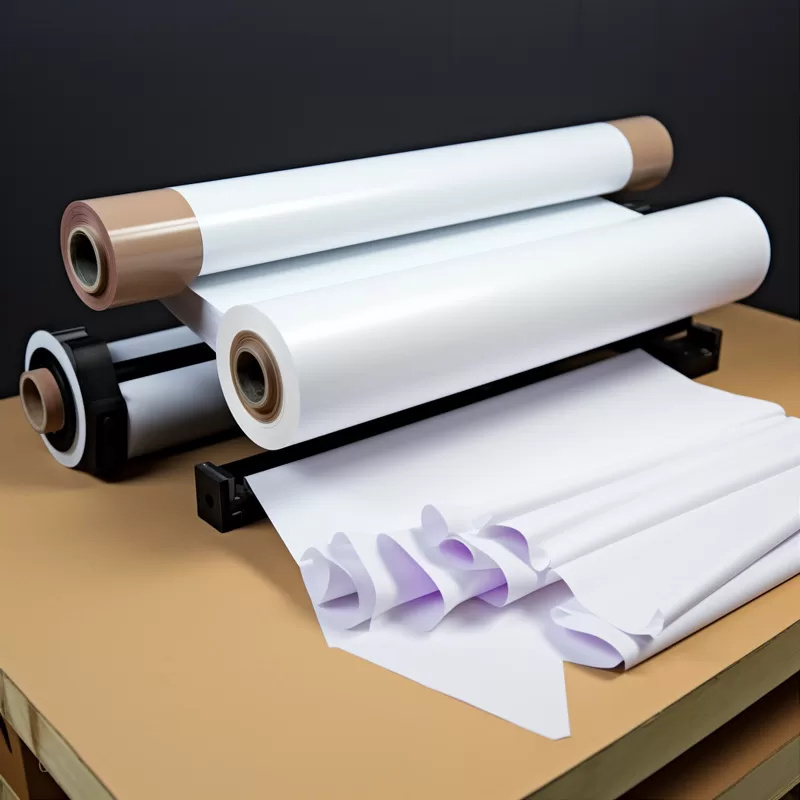Heat press printing with inkjet sublimation paper is a popular method of creating bright and durable printed products on a variety of substrates. To ensure successful results, it is important to know the proper techniques and precautions. In this article, we will discuss some tips that can help you achieve good results when using inkjet dye sublimation paper on your heat press.

Selection of high-quality inkjet sublimation paper:
Choose a reputable brand that offers high-quality paper specifically designed for inkjet dye-sublimation printing. Look for papers with high ink absorption, fast dry times and minimal bleed to ensure crisp, bright prints.
Use high-quality inkjet printers and inks:
Investing in a high-quality inkjet printer can produce accurate, detailed prints. Make sure the printer is compatible with dye sublimation inks and has properly aligned printheads. Use genuine dye-sublimation inks that meet your printer's specifications for best results.
Substrate preparation and pretreatment:
Proper substrate preparation is critical to successful thermopress printing. Make sure the substrate is clean, dry and free from contamination. Additionally, some substrates may require pre-treatments such as coatings or the use of specific primers to enhance ink absorption and adhesion.
Print with correct color settings:
Use color management tools and software to ensure color accuracy and consistency between designs and printouts. Calibrate your monitor regularly, using the ICC profile provided by the manufacturer of your inkjet dye-sublimation paper, for optimal color reproduction.
Proper cutting and alignment of sublimation paper:
Make sure the inkjet sublimation paper is cut to the correct size for the substrate. Proper alignment is critical to prevent any problems in the final print. Use the alignment guides or registration marks to properly align the paper on the substrate.
Set the correct heat press parameters:
Follow the recommended time, temperature and pressure settings provided by the inkjet dye-sublimation paper and ink manufacturers. Use a heat press with precise temperature control and even pressure distribution for consistent, high-quality prints.
Test and adjust printing parameters:
Make a test print to check for potential problems or adjustments. Fine-tune color saturation, image sharpness, and ink drying time until you achieve the desired print quality.
Post-processing and processing:
Allow the substrate to cool completely before handling or further processing. Follow any specific post-processing instructions provided by the inkjet dye-sublimation paper manufacturer.

By following these tips, you can ensure successful heat press printing with inkjet dye-sublimation paper. Choose high-quality paper and inks, prepare the substrate properly, and set accurate color and heat-press parameters. Test and adjust as necessary to achieve desired print quality. With proper post-processing and processing, you can enjoy vibrant and long-lasting prints that meet your expectations.
